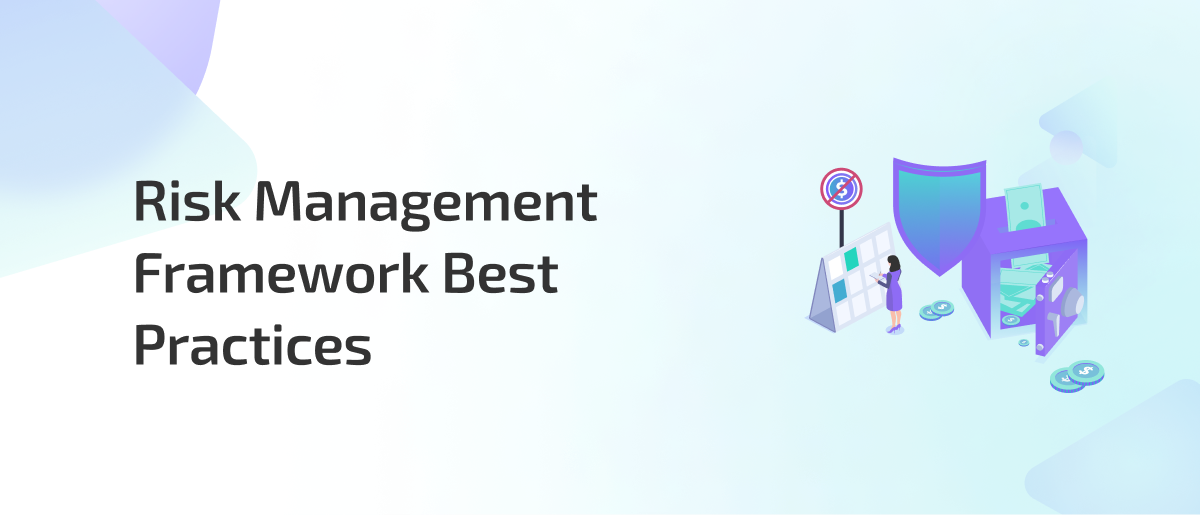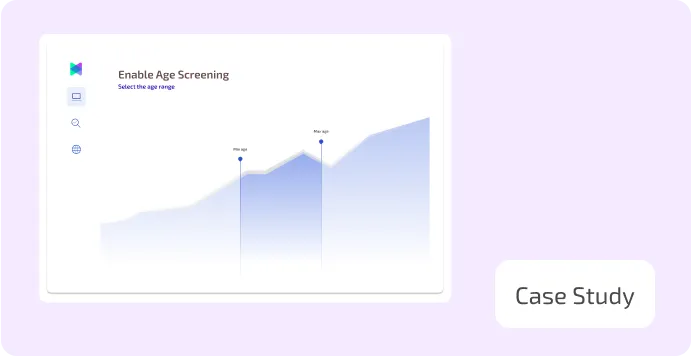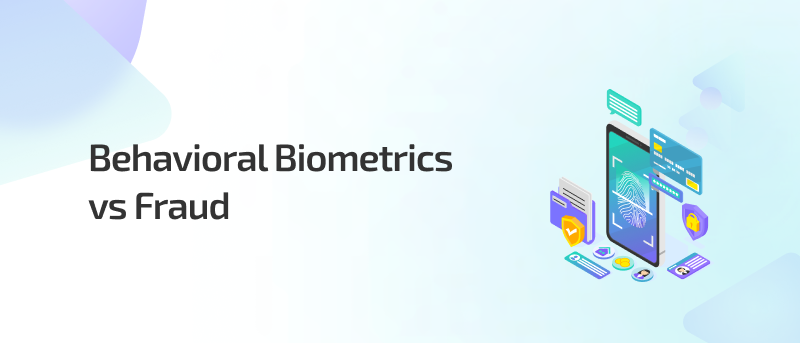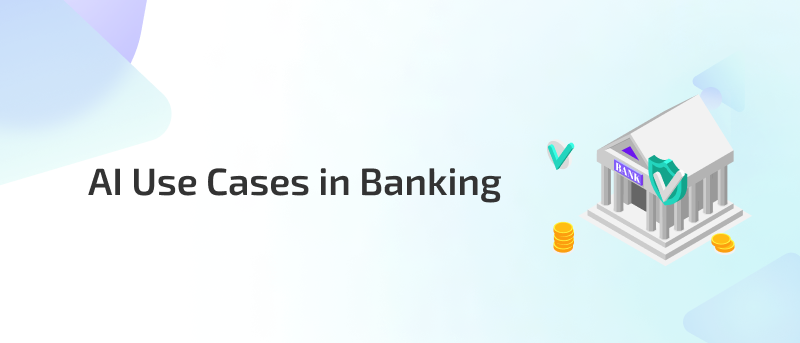.webp)
Published on
August 24, 2025
Risk Management Framework (RMF): What is It + Best Practices
In this story

Accelerate AML Compliance: Meet Regulatory Demands with 80% Less Setup Time
.svg)
.svg)
Fifteen years ago, risk management in financial institutions was mostly paperwork, checklists, policies, and annual reports that lived in binders, but that model is broken nowadays because we’re dealing with real-time payments, synthetic identities, cross-border digital fraud, and AI-driven cybercrime.
The modern risk management framework makes risk operational. This evolution has been forced by the growing complexity of threats: a) a single suspicious transaction can pass through six intermediaries in seconds, b) a customer onboarding failure today can mean a regulatory fine tomorrow, c) a lack of visibility across fraud and AML teams can result in missed red flags.
What is a Risk Management Framework?
A risk management framework is a structured approach that helps organizations: 1) identify potential risks (internal or external), b) assess their impact and likelihood, c) respond with appropriate controls or mitigations, and d) monitor risks over time as conditions change.
However, a fintech startup handling crypto onboarding will need a very different risk management structure from a legacy bank managing correspondent relationships in high-risk jurisdictions, yet the framework for risk management stays consistent: it’s a logic system that adapts to different environments but follows a proven process.
Key Components of an Effective Risk Management Framework
Successful risk management implementation requires:
.png)
1. Risk Identification
2. Risk Assessment and Analysis
3. Risk Mitigation Framework Strategies
4. Implementation and Integration
5. Continuous Monitoring and Reporting
How a Risk Management Framework Stops Financial Crime
A risk framework is a connected system where every part affects the others and success depends on how well these parts work together. Identifying risks means understanding the specific threats in your own operations, not just listing common risks! It also means updating this view regularly.
Risk assessment should do more than assign scores; it needs to guide decisions about which risks require immediate action and which can wait. Mitigation is a continuous process that must adapt as new threats emerge. However, for controls to be effective, they need to be properly implemented, which requires trained teams and well-aligned systems. Moreover, ongoing monitoring plays a crucial role in ensuring these controls work as intended and in identifying any changes in risk.
5 Practical Risk Management Framework Steps
The risk management framework steps form a continuous, iterative cycle where each step feeds into the next and skipping or rushing one step undermines the entire process.
Primary steps in risk management:
Step no. 1: Context Setting: The first step in risk management process is context setting.
Before you can manage risk, you have to understand what your institution’s priorities, regulatory environment, and risk appetite really are, because if your context setting is off, everything downstream becomes meaningless!
Step no. 2: Risk Identification: Risk identification continuously collects data from transaction systems, customer behavior, external watchlists, and emerging threat intelligence.
Step no. 3: Risk Assessment: Assessment, a primary step in risk management, means deciding which risks actually matter. Many organizations make the mistake of treating all risks as equally urgent. A modern risk management framework process differentiates between high-priority, immediate risks and those that need watching over time. This step forces you to allocate resources wisely instead of spreading thin.
Step no. 4: Risk Response: The best mitigation strategies fail if they aren’t actionable in daily operations. Effective responses in AML and fraud involve blocking transactions or escalating suspicious cases without bureaucratic delays.
Step no. 5: Monitoring and Review: A primary step in risk management too often treated as an afterthought, monitoring is actually the engine that powers continuous improvement. This means real-time dashboards, regular control testing, and post-incident analysis.
After monitoring, insights gained go back into context setting, refining your risk appetite and adjusting your entire framework. This cyclical nature is the backbone of effective risk management in financial crime prevention.
Comply quickly with local/global regulations with 80% less setup time
.svg)
.svg)
Best Practices for a Risk Management Framework
A successful risk framework execution in AML and fraud contexts depends on a few hard-earned, concrete habits! So risk management best practices are:
1. Focus on Integration, Not Silos
One of the biggest operational risks in many institutions is probably how disconnected AML, fraud, and compliance teams are from each other. When data, alerts, and investigations are locked behind separate doors and different systems, every team operates with blind spots.
Real risk reduction starts by making these teams operate as one unit, not just sharing data, but sharing workflows and decision points in real time. Without this best practice in risk management, an AML alert might never make it to fraud investigators, or fraud analysts may chase outdated information.
2. Make Risk Decisions Actionable and Clear
Having a sophisticated risk score means nothing if your staff don’t know what to do with it. If employees can’t easily understand what an alert means or how to act on it, risk management is no longer manageable.
Build response actions directly into the framework for risk management by linking risk levels with clear, no-ambiguity next steps. This cuts down delays caused by confusion or over-reliance on supervisors. This is one of the crucial steps in risk management framework.
3. Embed Continuous Learning and Adaptation
Fraud and money laundering tactics change constantly. The best frameworks are built around continuous learning loops, where insights from recent cases feed directly into adjusting risk rules, training, and controls.
Risk management best practices ensure the system never becomes outdated.
4. Use Technology to Augment Human Judgment
Automated tools should support, not replace, expert investigators. The best frameworks combine advanced analytics, AI-driven anomaly detection, and fraud orchestration platforms with seasoned human oversight to catch subtle patterns machines alone might miss.
5. Align with Regulatory Expectations (But Think Beyond Compliance)
Compliance is the baseline, not the end goal. Best practices for risk management emphasize that an effective risk management framework should not only satisfy regulators but also actively protect the institution’s reputation, finances, and customers.
6. Measure What Matters
Success = improving the quality of detection and the speed of response, because it’s easy to fall into the trap of measuring success by volume (that is: how many alerts were generated or cases closed). These metrics don’t capture effectiveness. What truly matters is how quickly high-risk cases are resolved, how many false positives are eliminated, and what financial losses were prevented.
The best steps in risk management framework track these meaningful KPIs and use them to adjust policies and tools continuously.
How Technology Enhances Risk Management Frameworks
Technology is a force multiplier in risk management frameworks, when integrated properly, it enables a) faster detection, b) coordinated responses, and c) a proactive risk mitigation framework without replacing the essential role of human expertise.
- Automated AI systems analyze large data sets to detect risks faster than manual methods.
- Unified risk management platforms enable seamless data sharing and coordinated workflows across teams.
- Real-time monitoring paired with predictive analytics helps anticipate and mitigate emerging threats.
- Human oversight remains essential to interpret complex alerts and reduce false positives.
Regulatory Compliance in Risk Management
To move beyond the bare-minimum approach, your institution should probably rewire how it interprets compliance; meaning, if your risk management framework only aims to “meet expectations,” you’re building something outdated by design. Meeting regulations is just step one, real value comes from going beyond them!
What that looks like in practice: don't wait for a regulation to be published before planning your response. Start building flexible mechanisms that can absorb new rules without system-wide rework. Your framework should be modular / able to plug in new monitoring requirements, reporting workflows, or control layers without delays. And it shouldn’t just be legal or compliance handling that load; product, fraud, ops, and technology leaders all need skin in the game.
More importantly, regulators now expect you to show not just that your controls exist, but why they work, with real-time metrics, process visibility, and evidence of iterative improvement. Static PDFs or vague policies won’t cut it. Instead, use live dashboards, risk model telemetry, and case closure audits as proof of effectiveness.
If your team only hears from compliance during a license renewal or audit, you’re doing it wrong. Regulatory alignment must become part of the muscle memory across business units embedded in day-to-day thinking.
- Compliance with regulations is the minimum requirement; frameworks should exceed these standards.
- Incorporate regulatory changes promptly to maintain adherence and avoid penalties.
- Document risk management framework processes clearly for transparency during audits.
- Foster a culture of proactive risk ownership, not just checklist compliance.
- Engage with regulators to understand evolving expectations and adjust frameworks accordingly.
Measuring and Monitoring Risk Management Performance
Tracking performance allows you to know whether your risk management framework is actually doing its job. Below are core indicators that tell you if your framework is performing or just existing:
- Track case resolution time to evaluate how fast risks are identified and addressed.
- Monitor false positive rates to assess the precision of detection mechanisms.
- Use fraud loss reduction as a key indicator of overall framework effectiveness.
- Measure rule or model adjustment frequency to gauge adaptability.
- Review cross-team response times to identify bottlenecks in coordination.
- Benchmark against industry KPIs to stay competitive and regulator-ready.
- Continuously audit system outputs to ensure controls remain aligned with evolving threats.
Bottom Line
A risk management framework isn’t valuable because it exists, it’s valuable because it challenges what you think you know about risk every day. If your framework just confirms old assumptions, it’s wasting resources. Real impact happens when it forces you to rewrite your risk playbook regularly, based on what actually works, not what’s on paper.
Also, a best practice in risk management is collaborative communication across departments is essential for seamless risk management implementation and sustained compliance.
FAQs about Risk Management Framework
Q1. What is in a risk management framework?
A risk management framework is essentially a blueprint that lays out the policies, procedures, and tools an organization uses to spot and control risks. It also defines who’s responsible for what, ensuring risks are consistently monitored and managed over time.
Q2. What are the 5 components of the risk management framework?
The framework breaks down into five parts: identifying potential risks, analyzing their impact, planning how to reduce them, keeping an eye on risk factors continuously, and sharing relevant information with all involved teams to maintain awareness.
Q3. What are the 7 steps of RMF?
Risk management follows seven key phases: the first step in risk management process is
1) preparing the ground, after that comes
2) categorizing risks by type and severity
3) choosing the right controls
4) putting those controls into action
5) assessing how well they work
6) formally approving the risk posture
7) keeping an ongoing watch to adjust as needed
Q4. What are the 5 P's of risk management?
The 5 P’s refer to the core pillars that shape risk handling: defining the Purpose behind risk efforts, setting the Processes to manage them, involving the right People, leveraging Platforms or technology tools, and tracking Performance to measure success.
Streamline Compliance: Achieve 80% Faster Setup for Fraud Prevention
.svg)
.svg)

How Aseel reduced onboarding time by more than 87% using FOCAL
Learn how FOCAL empowered Aseel to achieve new milestones.
.svg)
.svg)
Mastering Fraud Prevention: A Comprehensive Guide for KSA and MENA Businesses
51% of organizations fell victim to fraud in the last two years, don't be caught off guard, act proactively.
.svg)
.svg)
Featured blog posts
.svg)
AI-Driven Precision in Fraud Risk and AML Compliance
.svg)
.svg)

.svg)
.png)






.webp)




.svg)

_FastestImplementation_Small-Business_GoLiveTime.png)

_HighPerformer_Small-Business_HighPerformer.png)
_Leader_Leader.png)



%20(1).webp)